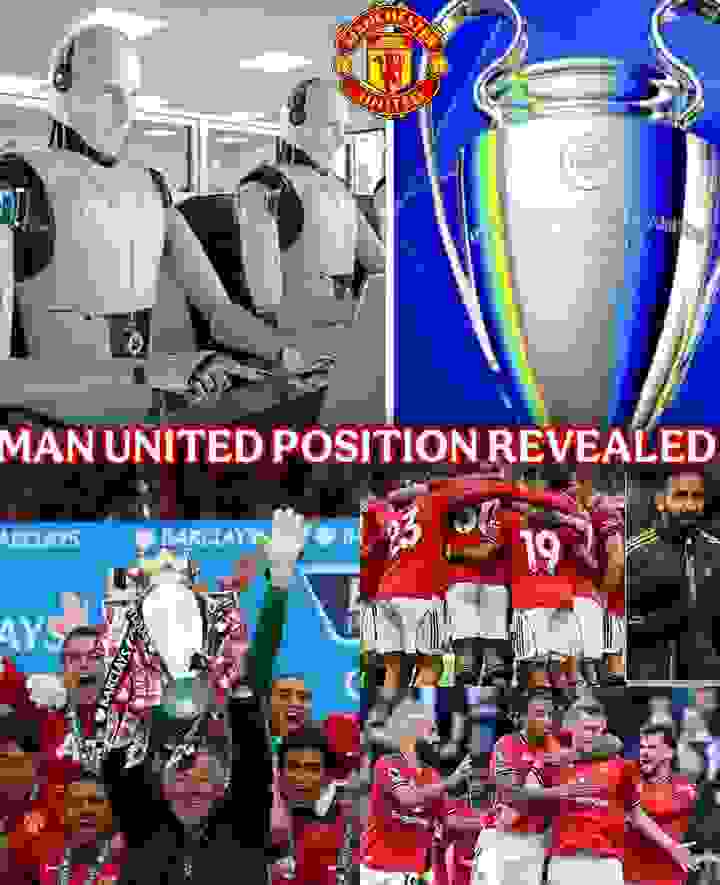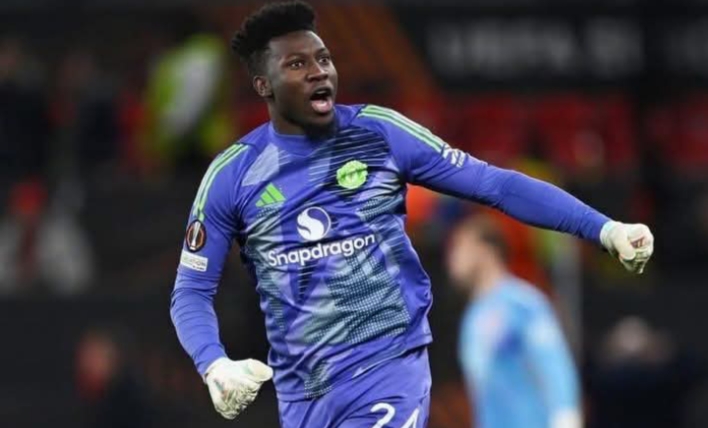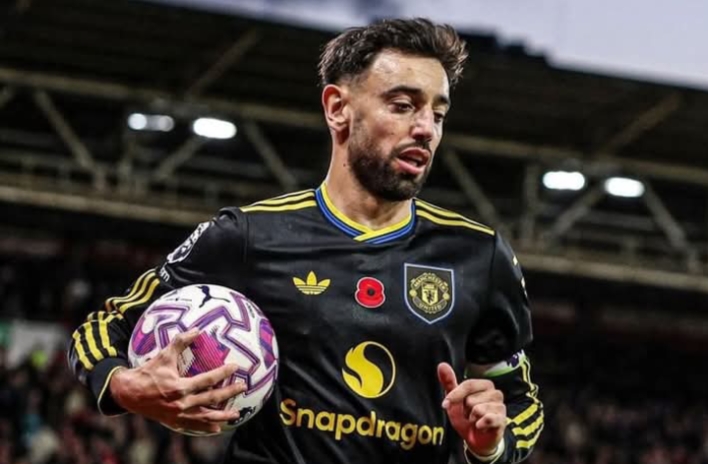“Supercomputer That Accurately Predicted Arsenal’s Late-Season Collapse Now Releases New Forecast Revealing Manchester United’s Final League Position Amid Their Recent Surge in Form”
Football analytics have evolved remarkably over the last decade, but few tools have gained as much hype and notoriety as the so-called “supercomputer” model that famously projected Arsenal’s late-season collapses in each of the last two Premier League campaigns. Now, that same advanced prediction system has released its latest forecast—and this time, Manchester United supporters have every reason to celebrate.
According to the updated simulation, Manchester United are tipped to finish ahead of both Chelsea and Liverpool in the Premier League table by the end of the season. For a club that started the campaign under heavy criticism, inconsistency, and immense external pressure, this prediction marks a surprising—and highly encouraging—turnaround.
While analytics can’t foresee every twist and turn of a chaotic football season, the reputation of this particular model has made its latest projection a viral talking point across social media. United fans are buzzing. Rival fans, unsurprisingly, are sceptical. But one thing is certain: the forecast reflects a dramatic shift in momentum around Manchester United.
How the Supercomputer Works
The model, designed by a sports data research company, uses thousands of simulated match outcomes, historical performance trends, tactical profiles, injury patterns, fixture difficulty ratings, and predictive algorithms to generate final-table probabilities.
It isn’t magic, and it doesn’t claim to be flawless. But its ability to hit surprisingly accurate predictions—especially in long-range league outcomes—has earned it a cult-like following. When it forecasted Arsenal’s decline in back-to-back title races, few took it seriously at first… until the season unfolded almost exactly as it projected.
This season, the model once again evaluates every Premier League team. But the biggest eye-catching result comes from Manchester United’s projected rise up the table.
United’s Turnaround: A Story of Resilience
Just weeks ago, Manchester United looked adrift—struggling with injuries, tactical inconsistency, lapses in confidence, and media criticism. The team was accused of lacking an identity, a clear plan, and a winning rhythm. Questions swirled around squad selection, transfers, and the pressure on new manager Ruben Amorim to stabilise the club.
But United’s recent form has been significantly stronger. They’ve demonstrated improved cohesion in midfield, sharper transitions, tighter defending, and—most importantly—renewed belief. Their ability to grind out victories in tough fixtures has not only boosted morale but strengthened their statistical projections across the board.
As the supercomputer weighed United’s upward trajectory, improved xG (expected goals) numbers, fitness recoveries, and the easing of upcoming fixtures, the model recalibrated in their favour.
Finishing Ahead of Chelsea and Liverpool: Why the Model Predicts It
One of the most surprising elements of the forecast is that Manchester United are projected to surpass both Chelsea and Liverpool in the final standings. Here’s why:
1. Liverpool’s Decline in Key Metrics
Liverpool began the season strongly but have dropped significantly in form, consistency, and goal-conversion efficiency. Injuries to important players, defensive vulnerabilities, and tactical adjustments under new management have destabilised their early trajectory. The supercomputer notes Liverpool’s declining control of matches and increasing unpredictability.
2. Chelsea’s Inconsistency
Chelsea have built a young and exciting squad, but inconsistency remains their biggest problem. They dominate possession yet struggle to translate chances into goals, and the model penalises teams with low conversion rates heavily. Defensive errors and late-game lapses further reduce their predicted point totals.
3. United’s upward curve aligns with historical outcomes
Teams that pick up strong mid-season momentum statistically maintain it, especially when underlying performance data supports the improvement. The model suggests United have entered that phase—similar to the strong runs they’ve produced in past seasons.
What the Supercomputer Predicts for United’s Final Position
Exact positions vary by simulation, but the overwhelming majority of runs place Manchester United comfortably ahead of Chelsea and Liverpool, in a strong European qualification position. Some projections even have United flirting with a late push for the Champions League spots—something that would have sounded far-fetched earlier in the season.
The modelling suggests that if United continue their defensive improvement and maintain their midfield chemistry, they could be one of the most efficient point-gathering teams from this point onward.
Fan Reactions: Celebration, Optimism, and Caution
Manchester United fans have flooded social media with excitement, celebrating the forecast as a sign that the club is finally heading in the right direction. Comments such as “We’re back!” and “United cooking this season!” have been trending.
However, more cautious voices warn that projections are not guarantees. While the data is promising, football remains beautifully unpredictable. One injury, one tactical slump, or one set of tough fixtures can flip an entire season on its head.
Still, even sceptical fans admit that seeing their club listed above major rivals in a respected analytical projection feels refreshing—especially after months of negativity.
What This Means for United Moving Forward
The prediction creates several key implications:
1. Pressure Shifts to Rivals
Chelsea and Liverpool now carry more pressure in the analytics narrative. Being projected below United, even temporarily, will silently raise expectations and scrutiny.
2. United can build confidence
Belief plays a powerful role in football. Players, coaches, and fans can use this projection as motivation, reinforcing the idea that their hard work is paying off.
3. January transfer plans may shift
If the club believes a strong finish is realistic, they may intensify their efforts to reinforce key positions in the winter window, accelerating rather than delaying their recruitment strategy.
Does the Prediction Guarantee Success?
Of course not. Football is unpredictable, and analytics can’t measure psychic momentum, emotional swings, or the chaos of Premier League football.
But what the prediction does indicate is direction—and Manchester United’s direction is rising, not falling.
For a club that has endured years of frustration, managerial turmoil, and inconsistency, that alone is a victory worth celebrating.
Conclusion
The supercomputer’s latest forecast doesn’t promise Manchester United a flawless path, but it does something arguably more important: it acknowledges that United are finally trending upward. With strong performances returning, key players stepping up, and tactical balance improving, the club is positioned for one of its most promising finishes in recent years.
And if the projection holds true, Manchester United supporters can look forward to finishing above Chelsea and Liverpool—a symbolic benchmark of renewed stature and momentum.
For now, United fans everywhere are celebrating the moment.












Leave a Reply